Summary
- Many African countries gained independence in the 1960s and started running their national airlines.
- The Pan-African carrier Air Afrique was formed in the 1960s and grew to be one of Africa’s most prominent airlines.
- Africanization of operations led to training locals for employment and Africans having senior management positions.
Commercial aviation in Africa has been around for over 100 years, with passengers starting to fly around the continent in the 1920s. Initially, passenger operations were run by European carriers like Air France, Deutsche Lufthansa, and Imperial Airways. However, African airlines started to emerge, with Egyptair commencing operations in 1933 and South African Airways in 1934.
The 1960s were a defining period for African aviation, with many countries gaining independence and more airlines emerging. According to a study by Northwestern, this decade was marked by growth and expansion within the continent. While the African aviation landscape has drastically changed since then, it is important to revisit this time in history to understand its impact on African air transport.
1
Independence of African countries
Over 20 countries gained independence
Before African nations started gaining independence from their colonizers, the aviation industry on the continent was ruled by European and US airlines as well as colonial governments. As countries gained independence, national carriers were soon created to access underserved regions that could not be reached by road or rail. More importantly, national carriers were and remain symbols of national pride.
The founding of national carriers aligned with African nations’ independence. After gaining freedom from their colonizers, new African governments established national carriers within their first year of independence or shortly after. According to Thoughtco. about 21 countries gained independence in the 1960s, including the following:
|
Country |
Independence |
Colonizer |
|---|---|---|
|
Cameroon |
January 1960 |
France |
|
Senegal |
August 1960 |
France |
|
Nigeria |
October 1960 |
Britain |
|
Rwanda |
July 1962 |
Belgium |
|
Kenya |
December 1963 |
Britain |
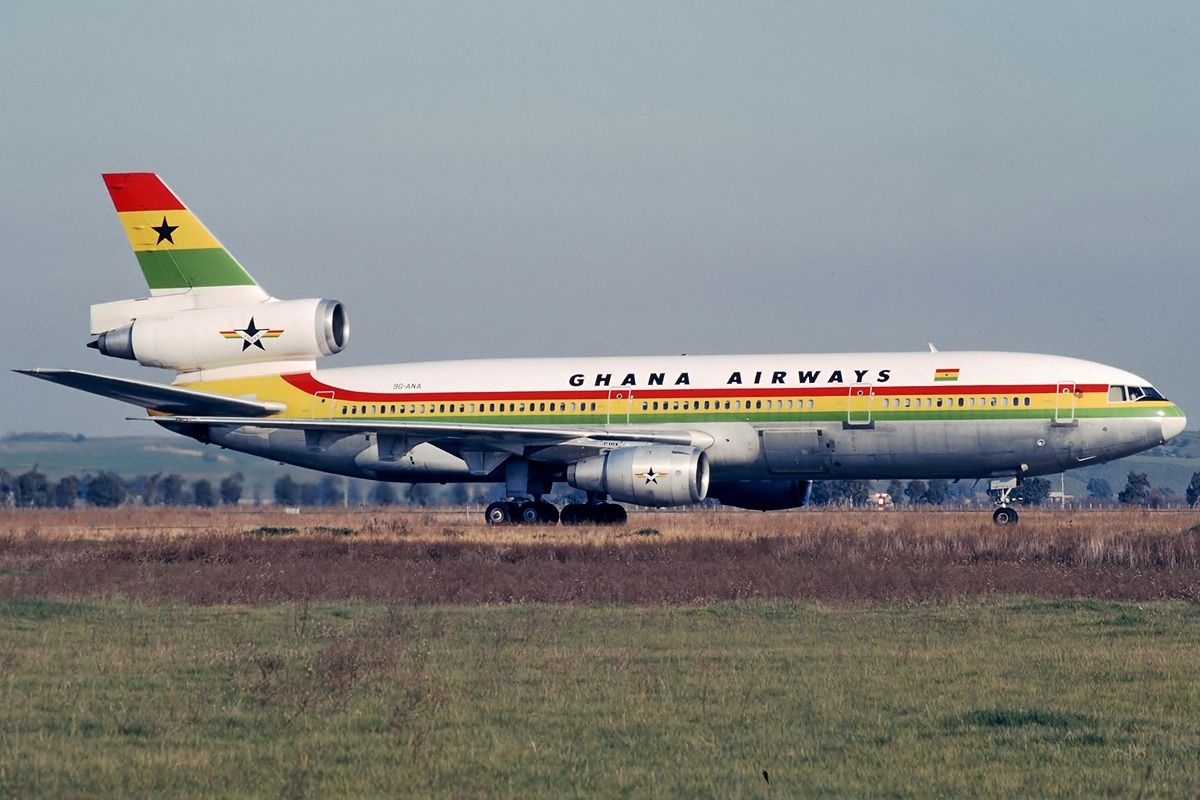
Related
What Happened To Ghana Airways?
The airline once had ambitious plans to fly to Tokyo and Sydney. Where did it all go wrong for the Ghanaian flag carrier?
Initially, national airlines were formed in partnership with European and North American carriers like BOAC, Pan Am, and Trans World Airlines (TWA), which provided funding and consulting support. However, many airlines soon became wholly owned by the state. Ghana Airways, for example, was founded in 1958, a year after Ghana gained independence from Britain, with BOAC having 40% of its shares. By February 1961, the government had purchased the remainder of BOAC’s shares.
2
Formation of multinational airlines
Establishment of Air Afrique
Today, African aviation is typically characterized by four distinct regions: North, East, West, and South. It is not rare for regional governments to come together to form an airline. Air Afrique was a new approach to African-owned airlines, with the following newly independent countries coming together to form a cooperative African airline:
- Benin
- Burkina Faso
- Cameroon
- Central African Republic
- Chad
- Congo (the Republic)
- Côte d’Ivoire
- Gabon
- Mauritania
- Niger
- Senegal
These countries signed the Treaty of Yaoundé in March 1961, setting up the new carrier. Together, they owned a majority stake in the airline, while Air France, the French Development Agency, and private stakeholders held smaller shares. Air Afrique was a member of the International Air Transport Association (IATA) and was considered one of the most prominent African airlines for many years. However, it eventually ceased operations in January 2002.
3
Africanization of operations
Employment opportunities for Africans
Another important development in the 1960s was the Africanization of national airlines. While flag carriers played an important role in transporting people and goods across the continent, they also represented economic expansion, modernity, and innovation. Meanwhile, African governments aimed to train employees at all levels from among the locals.
Before the 60s, another airline that was run as a joint venture was East African Airways. Although founded by BOAC and government and business officials, it was eventually run by Kenya, Tanzania, and Uganda until it ceased operations. As the last East African countries gained independence, the airline started operating independently and employing and training African nationals.
|
Airline |
East African Airways |
|
Founded |
January 1946 |
|
Ceased |
January 1977 |
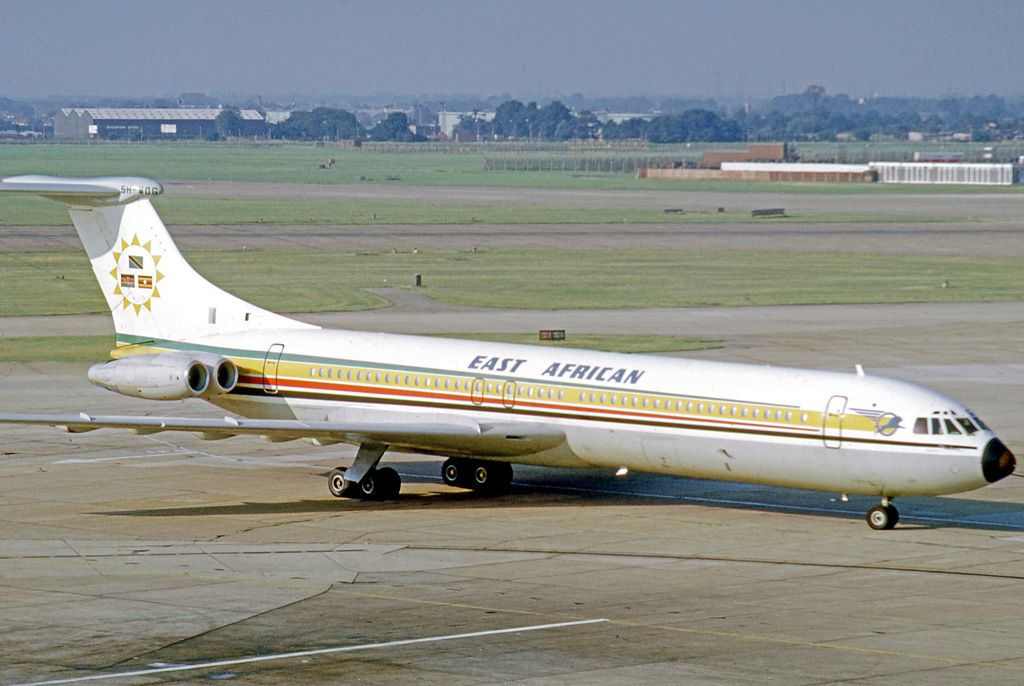
Related
What Aircraft Types Did East African Airways Operate?
The three-nation joint carrier operated a diverse fleet of aircraft, from the DHC Comet to the DHC-6 Twin Otter.
From the early 1960s, annual reports started including a section with updates on efforts towards Africanization. In December 1964, Tanzania’s Chief Abdullah Said Fundikira became the airline’s first African chairman since its founding in 1946. Members of the airline’s executive management had been pictured in the 1964 annual report.
4
Isolation of South African Airways
Sanctions on the government
South African Airways was founded in 1934, making it one of Africa and the world’s oldest airlines still in operation. The carrier recently celebrated 90 years since it commenced operations. In its first few years of existence, it expanded its network and fleet, increasing its presence on the global stage. Since the establishment of Apartheid in 1948, various attempts had been made to isolate South Africa from the rest of the world.
One area where this was possible was in air transport. As other African nations gained independence and acquired rights to their own airspaces, they could isolate South Africa. From 1963, the South African national carrier could not fly over the bulge of Africa as it had been denied over-flying rights. The airline was forced to reroute flights over the ocean and refuel in places like Cape Verde to maintain its European routes.
However, the 1960s were also marked by growth for SAA. In 1968, the airline ordered five Boeing 747-200s, with the first one being delivered in 1971 after a three-stop flight from Seattle. This was also when many jets started joining SAA’s fleet. SAA’s RPKs proliferated in the 1960s, as shown below.
|
Year |
RPKs (million) |
|---|---|
|
1995 |
331 |
|
1960 |
489 |
|
1965 |
1,144 |
|
1969 |
2,168 |
|
1971 |
3,070 |
5
Fleet growth and route network expansion
New intra-Africa routes
The 1960s were also a time of massive airline expansion across the continent. Timetables and route maps analyzed by Northwestern illustrated expanding networks in Africa. During the 60s, Air Congo served over 30 domestic destinations with a fleet of the following aircraft:
- 8x Beechcraft aircraft
- 7x de Havilland Dragon Rapides
- 4x Piper Aztecs
- 2x Piper Apaches
- Douglas DC-6, DC-4, and DC-3 aircraft.
By the end of the 1960s, over 70 African airlines were in operation, highlighting the scale of the continent’s growth. Some notable airlines founded after the 1960s were Air Zimbabwe, Air Tanzania, Kenya Airways, and Uganda Airlines. However, political instability, financial constraints, and other unpredictable factors led to the demise of many African airlines.
Today, over 400 airlines operate in Africa. Many experts have argued that this is unsustainable, given that Africa only contributes 2.1% of the global traffic. However, passenger traffic on the continent is expected to grow by 4.1% over the next 20 years, requiring over 1,000 new aircraft.
What do you think of this story? Do you remember what it was like flying in Africa in the 60s? Please share your thoughts and experiences in the comments!

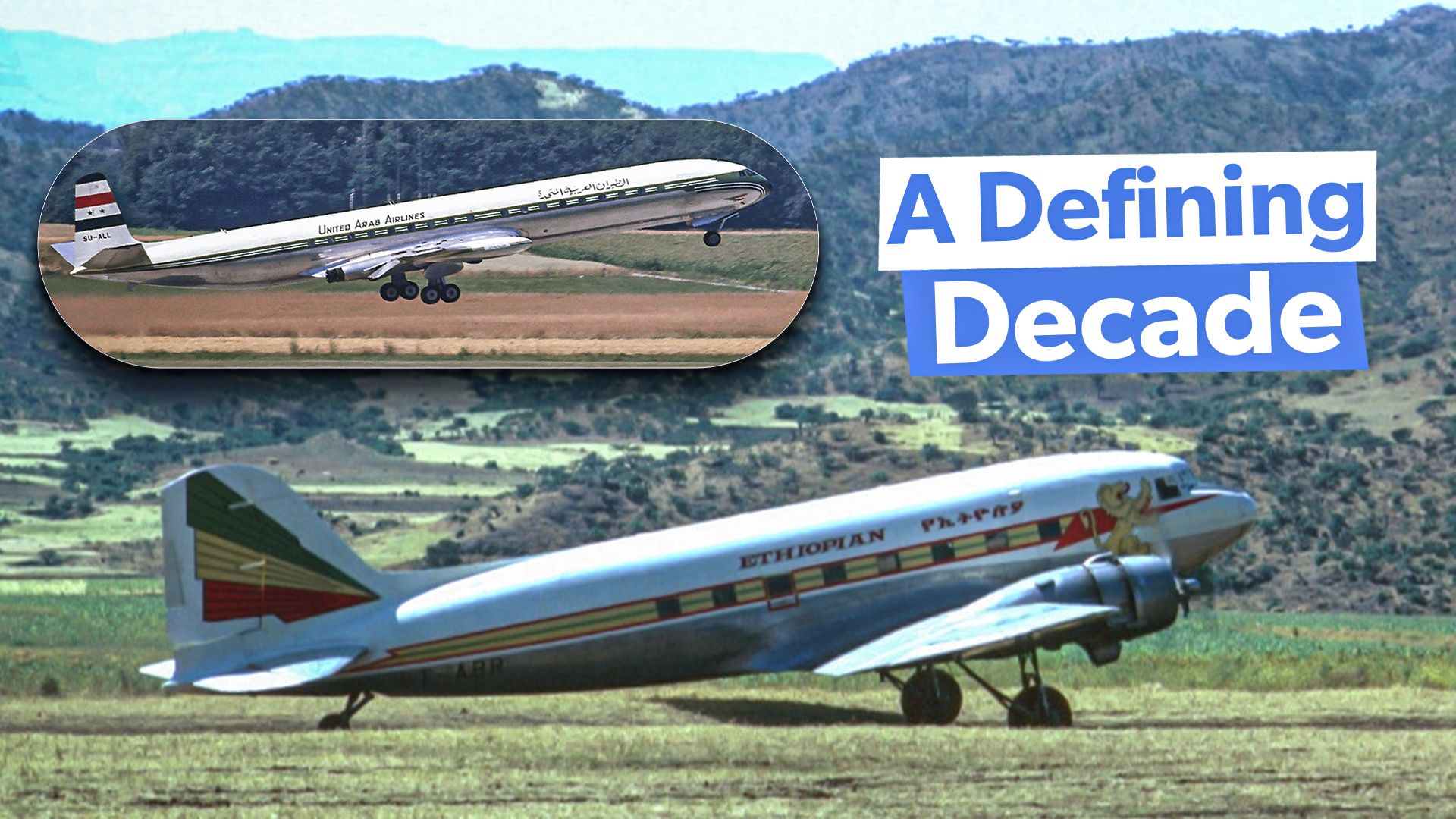
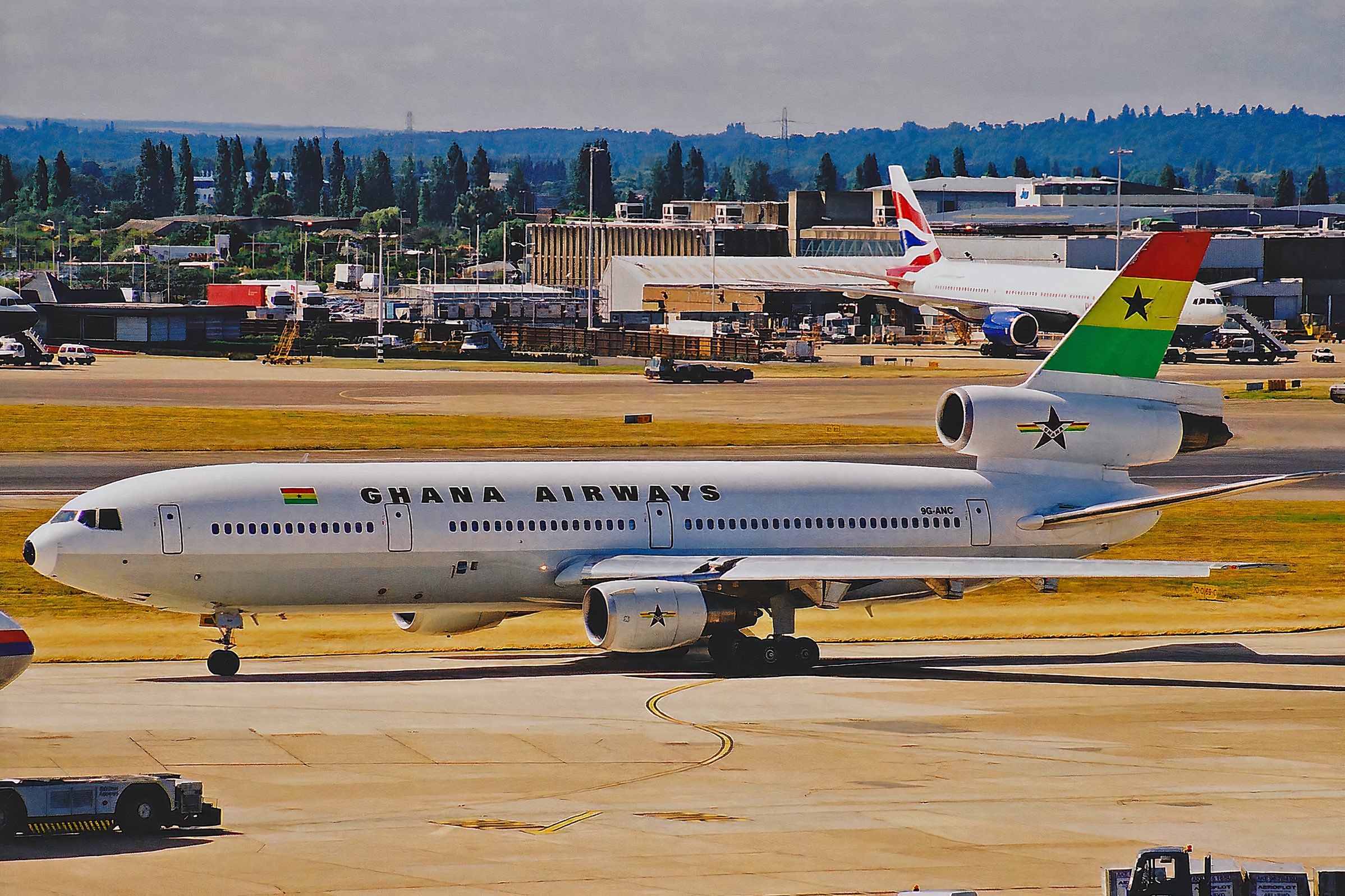
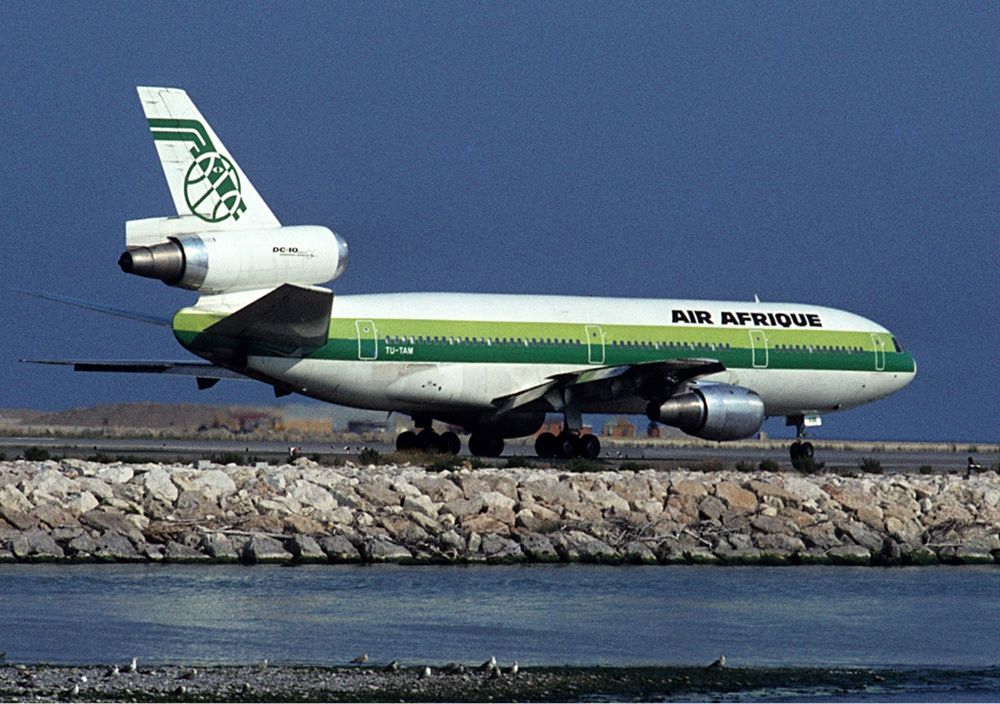
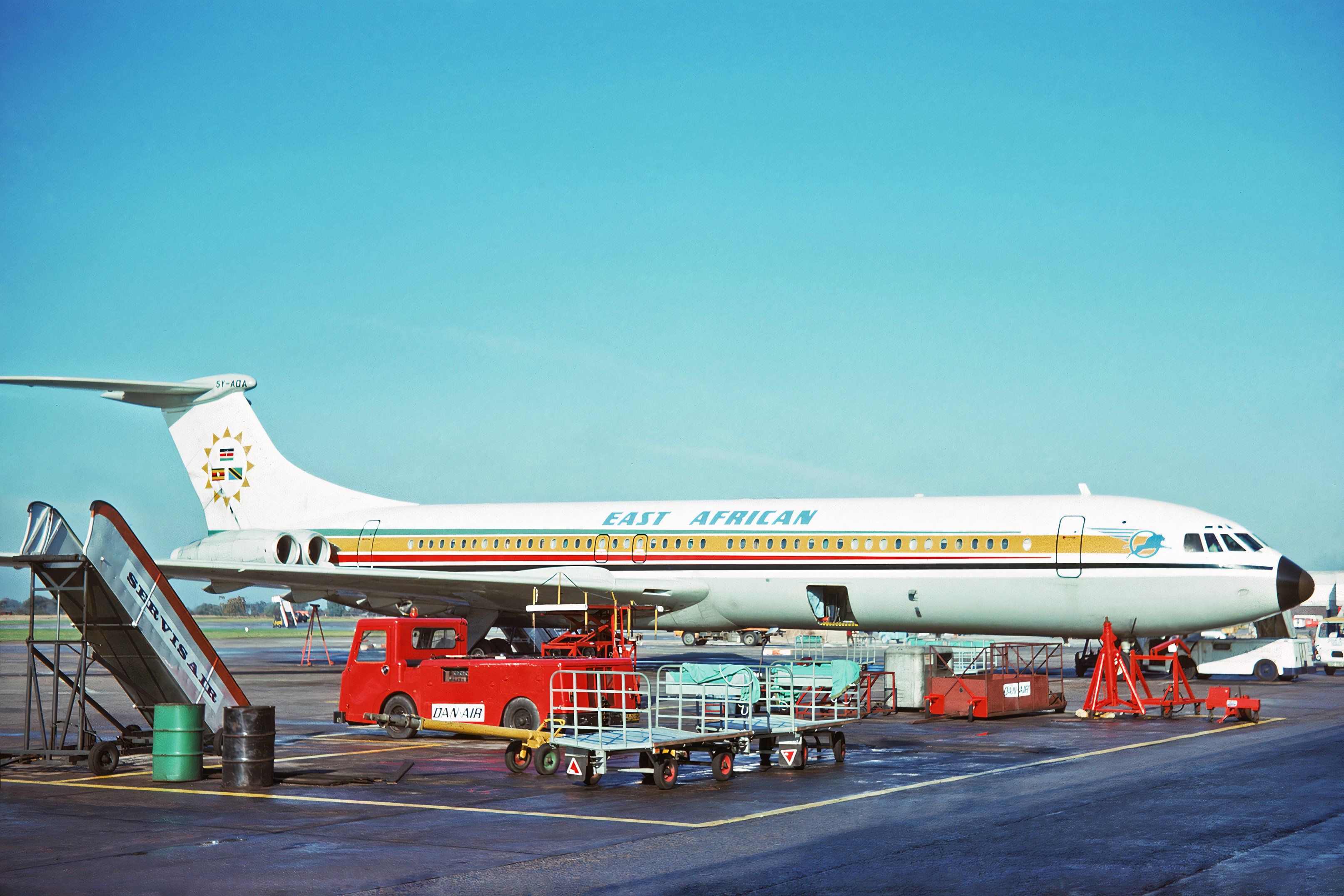
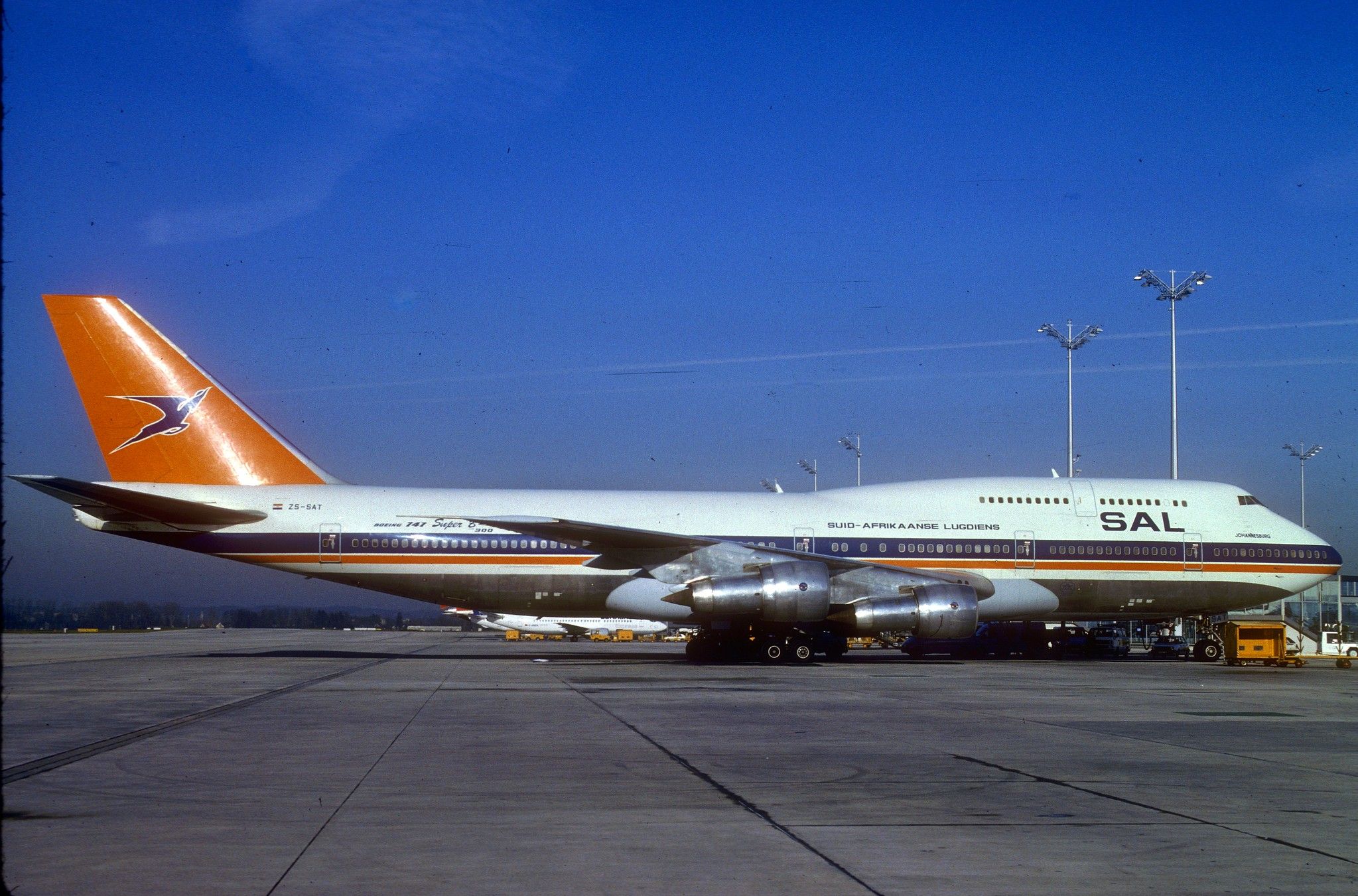
.jpeg)